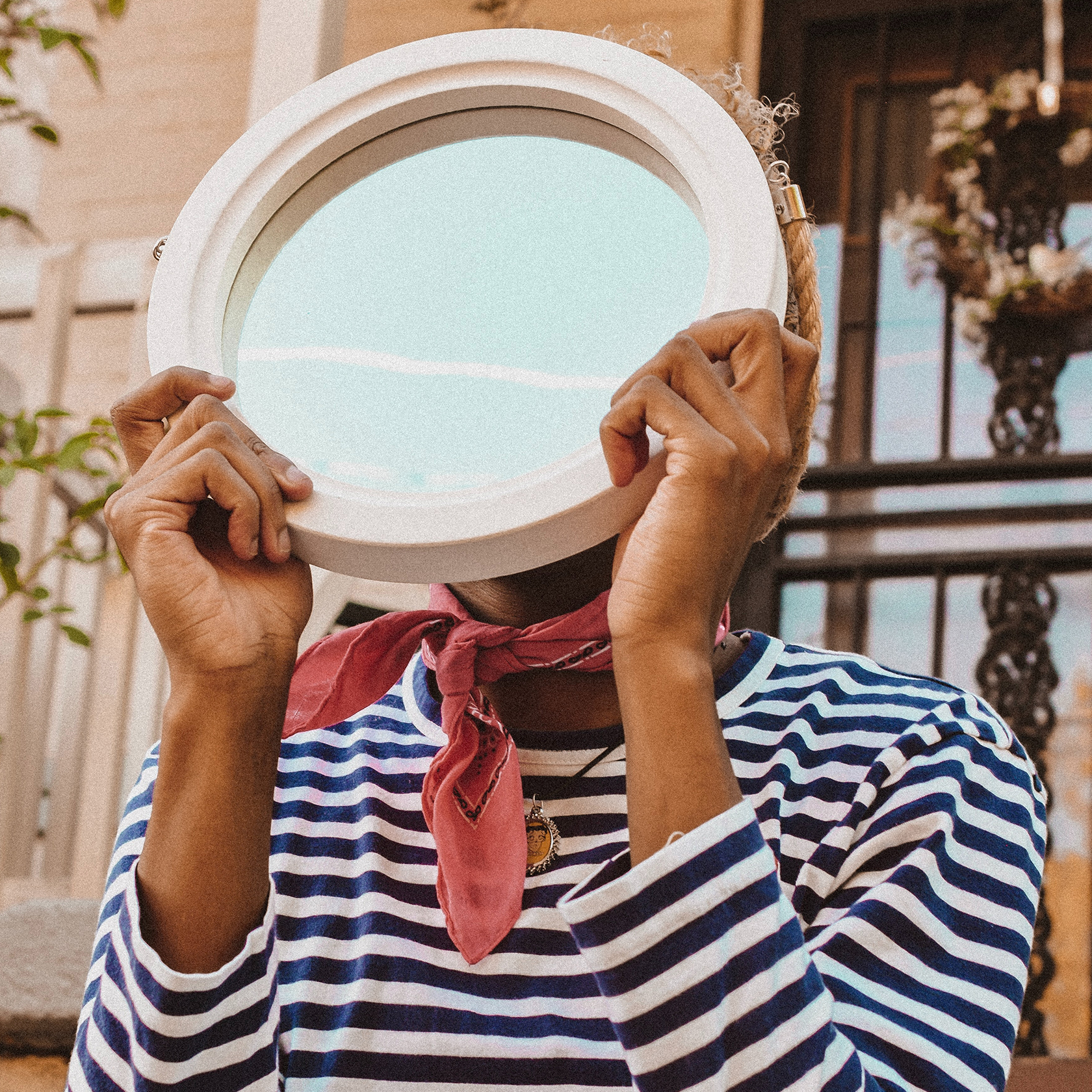How to Figure Out What’s Triggering Your Rosacea
Living With Skin Concerns
How to Figure Out What’s Triggering Your Rosacea

Photo by Kenzie Kraft on Unsplash
There’s nothing more frustrating than looking in the mirror and realizing your face has suddenly gone from clear as day to flushed and red. Scratch that—trying to figure out what’s causing your rosacea to flare up is somehow even more frustrating. It seems like nearly anything could be the culprit, so where do you start?
Well, here is a pretty good place, because we’re about to break down everything you need to know about identifying (and avoiding) your rosacea triggers.
What are common rosacea triggers?
A trigger is anything that causes your rosacea to flare up, which probably looks like redness (dermatologists call this “facial erythema”) and small, raised patches or bumps. The bad news is that there are lots of potential triggers, and many of them are tough to avoid in everyday life. The good news is that while triggers vary from one person to the next, people with rosacea tend to report many of the same ones—so it’s easy to get a sense of what might be causing your symptoms.
Here are the most common causes for rosacea flare-ups according to the National Rosacea Society:
- Alcohol consumption
- Cold weather
- Food (See below for more detail on this one)
- Hot baths
- Hot or humid weather
- Indoor heat
- Intense exercise
- Skincare products and cosmetics
- Stress
- Sunlight
- Wind
How do I identify my own rosacea triggers?
You may have noticed a few things on that list that don’t cause flare-ups for you—that’s because what triggers your rosacea is unique to you. So how do you figure out which triggers are your triggers?
The answer is trial and error (combined with some careful tracking). The best way to identify your triggers is to keep a skin diary. Take some time every day to write down what the weather was like, what you ate, any medications you took or skincare products you used, and any symptoms you experienced. Over time, you’ll start to see trends: If you always have a flare-up a few hours after you go out on sunny days, for example, you can probably safely say that sunlight is a trigger for you.
Eventually, you’ll have a pretty good idea of what tends to cause flare-ups , so you can try to avoid those things (or have treatment ready when you can’t). Your skin diary can also be a useful resource for your doctor.
If you’re thinking “I haven’t had homework since middle school,” we get it: No one needs another daily chore. But over time, keeping a skin diary can help you get your skin to where you want it to be.
What foods should I avoid if I have rosacea?
If you skipped straight to this section (no shame!), you should note that not all of the foods mentioned here will necessarily be a trigger for you—you’ll have to track your diet and your skin to know for sure which ones apply to you.
Without further ado, here’s a data-backed list from the National Rosacea Society of all the foods and drinks that can cause flare-ups:
- Alcohol (especially beer, bourbon, champagne, gin, red wine, and vodka)
- Avocados
- Beans and pods (such as lima, navy, or pea)
- Cheese (except cottage cheese)
- Chocolate
- Eggplant
- Fruits (especially bananas, citrus fruits, figs, raisins, red plums, and tomatoes)
- Hot drinks (such as coffee, hot chocolate, hot cider, or tea)
- Liver
- Pickles
- Sour cream
- Soy sauce
- Spicy food
- Spinach
- Vanilla
- Vinegar
- Yeast extract (but bread is okay!)
- Yogurt
Wondering why these particular foods cause your rosacea to act up? As Facet Medical Director Dr. Peter Young explains, “Many of these foods either contain histamine or cause the body to release histamine,” a chemical that “causes vasodilation (opening) of the blood vessels of the face, which results in redness, flushing, and spider veins.”
How do I calm a rosacea flare-up?
So you made your best effort to avoid your triggers, but life got in the way and now you’re dealing with a flare-up. What can you do right now to feel better?
There are a few different types of prescription medication you can take to ease a rosacea flare-up:
- Topical medications: Topical creams and gels like brimonidine (Mirvaso®) and oxymetazoline (Rhofade®) can reduce redness, while azelaic acid and metronidazole can prevent pimples over time.
- Oral antibiotics: Antibiotics you take by mouth, like doxycycline, can treat rosacea-induced bumps and pimples.
- Oral acne medications: If rosacea gives you lesions (patches of inflamed skin, like the mark left behind by a pimple), a strong acne medication like isotretinoin can help clear it up.
It’s important to note that it’s not safe to take all of these during pregnancy, so always check with your doctor first.
The good news
Avoiding rosacea triggers isn’t just about looking good—flare-ups can get worse every time they happen, leading to more redness, more visible blood vessels, and even thicker skin over time. In addition, your treatment can also become less effective the more often you use it.
But it isn’t all bad news: Once you know what your triggers are, you’ll know exactly what you need to do to avoid flare-ups (or better predict them if you can’t avoid them). It won’t always be easy, and that’s why there’s effective medication you can take to treat the symptoms you can’t prevent.
Article Reviewed By
Dr. Peter Young, MD, Facet Medical Director and Board-Certified Dermatologist
Skin conditions can make you feel invisible. We see you.
Let’s clear up your skin concerns together.